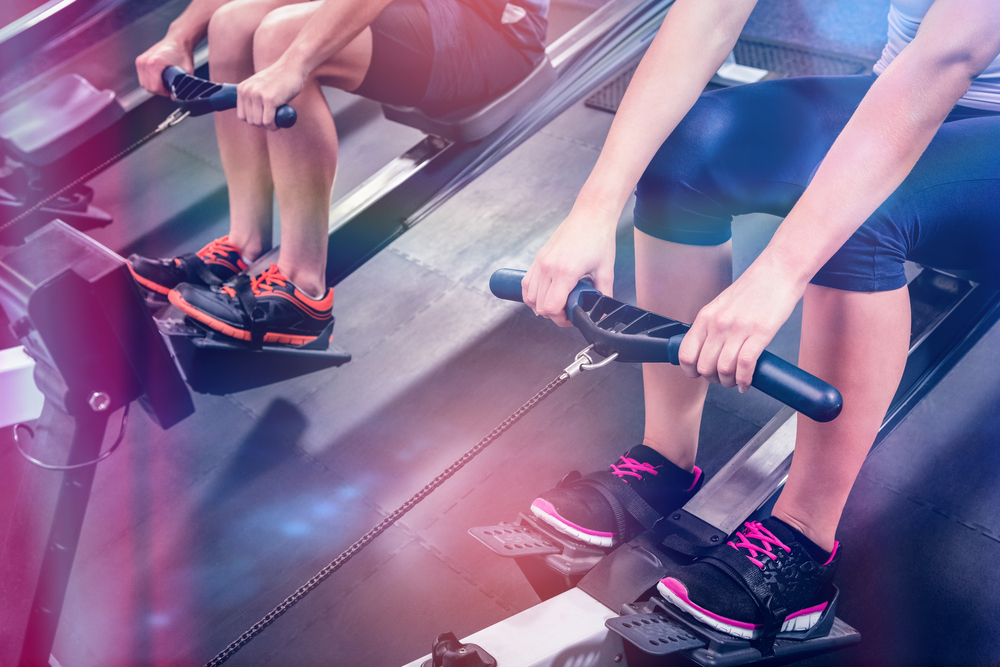
While the urge to workout despite an injury might be overwhelming, sometimes it’s time to dial back a bit – and that includes cardiovascular exercise, such as rowing. Yes, rowing is a low-impact activity. And in many ways, it can be helpful for rehab and recovery. However, some injuries might be contraindicated by using a rowing machine.
As with anything, you’ll want to speak to your primary care physician or your sports medicine doctor before jumping into any workout routine with an injury, whether it’s a new routine or one that you’ve been at for a while. You might not think that an injury could be irritated or exemplified by exercises (especially rowing). Still, it’s never a bad idea to include your physician or therapist in your workout routine and plans.
With that being said, is it safe to use a rowing machine if you’ve got some injuries? Let’s look at some common injuries that can throw off your training a bit and how you can work your programming around it!
Common Injuries
Low back pain
This is one of those injuries that will be very specific to each individual. The cause of the pain, as well as the treatment, can vary in several ways. Pending what the actual issue is, rowing can aid in strengthening the lower back and core musculature and keeps the impact of your workout low while letting you build strength and endurance.
With appropriate rest and recovery times, most opportunities to row shouldn’t exacerbate low back pain. But again, speak with your physician to see if they believe that rowing is an acceptable exercise for you specifically.
Knee pain
if you’re aiming to avoid impact to your knees (like you’d get from running or jumping) but want to get your heart rate up, rowing is an excellent option. Knee pain can present itself in many different forms. But depending upon the injury itself, rowing could be an excellent alternative to other exercises that might place more force upon your joints.
To ensure your knees are safe on a rowing machine, really pay attention to your form, especially as you sit down and strap your feet to the platform. As you’re pulling the cable toward yourself and your legs extend, ensure that you aren’t hyperextending your knees. This can be painful and possibly irritate an already present injury. Speak with your physician and see if they think rowing would be recommended if you have a current knee issue.
Shoulder pain
Shoulder pain can present itself in so many ways. After all, it’s the most unstable joint in the body! A common injury to the shoulder is at the rotator cuff, making the shoulder weak and achy. There are certain movements that can make an injury like the rotator cuff worse, such as lifting items overhead or placing the shoulder in a stressful position such as with tricep dips.
Since rowing doesn’t do either of those motions, it’s typically safe for those with irritation to the rotator cuff – however, again, speak with your physician to see if you’re cleared for rowing with a shoulder injury.
Bottom Line On Rowing With Injuries
These are just a few of the different injuries that might present themselves over the course of one’s life – and we hope that they don’t! For most minor injuries, rowing can be a safe alternative to other higher impact exercises.
But as always, get clearance and approval from your physician or therapist before hopping back into a workout routine with an injury, regardless of how minor it may seem. Give yourself time to rest and recover, and then you can get back to what you enjoy faster!
